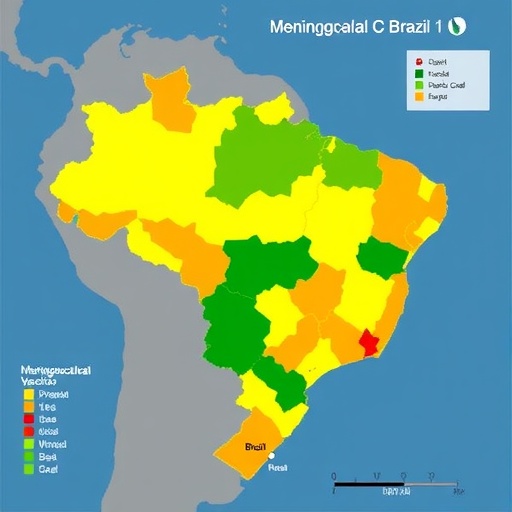To accurately measure the effectiveness of traffic safety management technology

Credit: COPYRIGHT (C) TOYOHASHI UNIVERSITY OF TECHNOLOGY. ALL RIGHTS RESERVED.
Overview:
A joint research team from Toyohashi University of Technology, Department of Architecture and Civil Engineering, Toyota Transportation Research Institute, and Daido University has established a method to represent driving behaviors and their changes that differ among drivers in a single statistical model, taking into account the effect of various external factors such as road structure. This method was applied to measure the effectiveness of Intelligent Speed Adaptation (ISA), which controls excessive speed violations. As a result, the research team found that in some cases, it is effective for drivers with a high tendency of frequent excessive speeding, and in other cases, effective only for elderly drivers depending on the style of the ISA. This method can be applied not only to ISA but also to measure the effectiveness of traffic safety management technologies that encourage drivers to change their various driving behaviors.
Details:
Traffic safety has been recognized as a global issue to be solved, as Target 3.6 of the 3rd Sustainable Development Goal to reduce the number of traffic accidents by half. ISA is a traffic safety management technology that recognizes the speed limit of the road section based on the current position of the vehicle to prevent drivers from over-speeding by providing speed information, over-speed warning, compulsory speed control, speed compliance incentives, etc. There has been active research on ISA since the 2000s, mainly in Europe. Most of the previous studies have measured the restrictive effects of excessive speeding by comparing the driving behavior of subjects before and after the introduction of an ISA with driving simulator experiments and field studies for various types of ISAs. However, driving behavior varies greatly from driver to driver. In addition, the structural environment of the road is different in the field experiment for each driver. Therefore, it is important to measure the effects of various factors, such as the individual and driving environment, in order to spread the technology appropriately.
To resolve this issue, the research team has developed a method to accurately measure the effect of ISA by using a single statistical model to simultaneously estimate each driver’s unique driving behavior, the effect of various external factors such as road structure, and the effect of ISA on excessive speeding.
“The foremost challenge to be solved was how to represent and demonstrate the hypothesis that ‘the difference in the driver’s regular tendency to exceed the speed limit also affects the effect of ISA’ in the model. This method solves the challenge by estimating the model by taking into account the correlation between the parameter that defines the driver’s speeding tendency and the parameter that defines the effect of the ISA. Recent developments in the field of data science, such as Bayesian statistics and improvements in computer performance, have made it possible to apply this method with slightly more complex models to real-world problems.” explains Associate Professor Kojiro Matsuo, who leads the research team.
Development background:
Associate Professor Matsuo says, “ISA research began as a graduation research topic by a student under my guidance. The student performed an in-depth analysis of the data obtained from an ISA field experiment conducted with our collaborator, Toyota Transportation Research Institute. As a result, it was found that in some cases, there is an association between the subjects’ regular speeding tendency and the effectiveness of ISA, but in other cases, there is no association between the two. Therefore, we started to consider measuring the effect using a statistical model instead of a simple comparative analysis before and after the introduction of ISA. As a result, we were able to represent the seemingly disparate driving behavior of different drivers in a single model and to find a law in it. It was extremely interesting work.”
Future outlook:
The research team believes that this method can be applied not only to measure the reduction of drivers’ speeding behavior with ISA, but also to the effectiveness of traffic safety management technologies that help improve various dangerous driving behaviors, such as running a red light, not stopping at an intersection without traffic lights, and obstructing pedestrians from crossing at a crosswalk. We are hoping to contribute to the reduction of traffic accidents worldwide by further developing traffic safety management technologies and measuring their effectiveness.
###
Reference:
Kojiro Matsuo, Mitsuru Sugihara, Motohiro Yamazaki, Yasuhiro Mimura, Jia Yang, Komei Kanno, Nao Sugiki (2020). Hierarchical Bayesian modeling to evaluate the impacts of intelligent speed adaptation considering individuals’ usual speeding tendencies: a correlated random parameters approach. Analytic Methods in Accident Research, 10.1016/j.amar.2020.100125.
Media Contact
Yuko Ito
[email protected]
Related Journal Article
http://dx.




